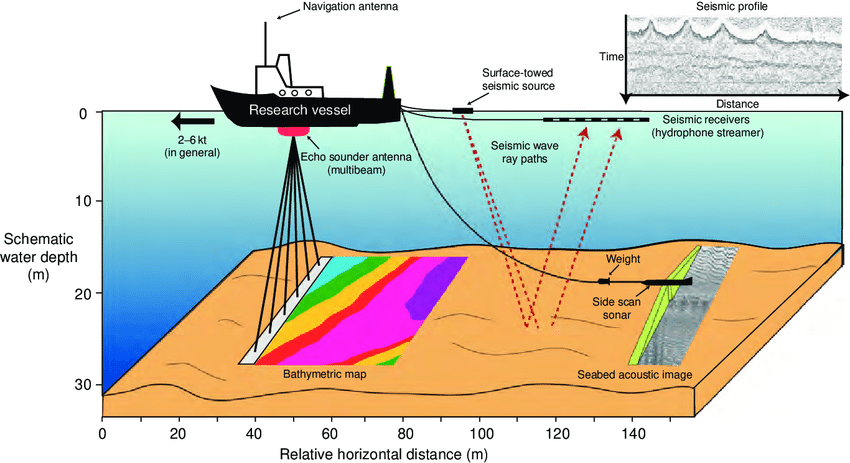All Categories
Featured
Table of Contents
Geophysical And Geotechnical Assessment in Roleystone WA 2021
Time slice from 23 to 25ns. This last slice is now almost all blank, however a few of the walls are still revealing highly.
How deep are these pieces? The software I have access to makes approximating the depth a little challenging. If, nevertheless, the leading 3 slices represent the ploughsoil, which is probably about 30cm think, I would think that each piece is about 10cm and we are only getting down about 80cm in overall.

Thankfully for us, many of the websites we are interested in lie simply below the plough zone, so it'll do! How does this compare to the other methods? Comparison of the Earth Resistance data (leading left), the magnetometry (bottom left), the 1517ns time slice (leading right) and the 1921ns time slice (bottom left).
An Assessment Of Geophysical Survey Techniques For ... in West Leederville Western Australia 2023
Magnetometry, as talked about above, is a passive technique determining local variations in magnetism against a localised absolutely no value. Magnetic susceptibility survey is an active method: it is a measure of how magnetic a sample of sediment might be in the existence of an electromagnetic field. How much soil is tested depends on the size of the test coil: it can be extremely small or it can be reasonably large.
The sensor in this case is really small and samples a tiny sample of soil. The Bartington magnetic susceptibility meter with a big "field coil" in usage at Verulamium during the course in 2013. Leading soil will be magnetically enhanced compared to subsoils simply due to natural oxidation and reduction.
By measuring magnetic vulnerability at a relatively coarse scale, we can discover locations of human profession and middens. We do not have access to a dependable mag sus meter, but Jarrod Burks (who helped teach at the course in 2013) has some exceptional examples. Among which is the Wildcat site in Ohio.
Geophysical Survey Services - Geophysical Test Methods in Yokine Western Australia 2022
These villages are often laid out around a main open area or plaza, such as this rebuilt example at Sunwatch, Dayton, Ohio. Sunwatch Town, Dayton, Ohio (image: Jarrod Burks). At the Wildcat site, the magnetometer survey had located a variety of features and homes. The magnetic susceptibility study helped, nevertheless, specify the main area of profession and midden which surrounded the more open area.
Jarrod Burks' magnetic vulnerability study results from the Wildcat site, Ohio. Red is high, blue is low. The technique is therefore of great usage in defining locations of general occupation instead of determining particular features.
Geophysical surveying is a used branch of geophysics, which utilizes seismic, gravitational, magnetic, electrical and electromagnetic physical methods at the Earth's surface to determine the physical properties of the subsurface - Geophysical Survey in Jolimont Western Australia 2020. Geophysical surveying methods usually measure these geophysical residential or commercial properties in addition to anomalies in order to examine numerous subsurface conditions such as the presence of groundwater, bedrock, minerals, oil and gas, geothermal resources, spaces and cavities, and a lot more.
Latest Posts
Geophysical Surveys: Definition & Methods in Forrestdale Oz 2020
Geophysics in Spearwood Australia 2022
Geophysical Survey in Kinross Oz 2022